We all know that the Yaris is pretty late to the party. The segment is selling like hot cakes, as we know the main rivals to be the Honda City, Hyundai Verna and Maruti Suzuki Ciaz. All the three cars are equally good and have their own perks, though the segment leader is the Maruti Suzuki Ciaz considering the sales figures. Driving the Yaris for a week allowed me to understand how good the car is compared to the competition.
Design & Looks
Okay, so in one look, the Yaris looks like a baby Corolla. The side profile looks elegant with a sloping roof line and the rear gets LED tail lamps. From the front, the Yaris looks pretty complex. We get projected headlamps and LED DRLs on the Yaris. It comes in four variants – J, G V and VX and we drove the VX Automatic variant. Projector headlamps and keyless-entry are standard; LED DRLs are only available on the top-of-the-line VX trim.
| Model | Length | Width | Height | Wheelbase |
| Toyota Yaris | 4425 | 1730 | 1495 | 2550 |
| Maruti Suzuki Ciaz | 4490 | 1730 | 1485 | 2650 |
| Hyundai Verna | 4440 | 1729 | 1475 | 2600 |
| Honda City | 4440 | 1695 | 1495 | 2600 |
Dimensionally, at 4425mm, the Toyota Yaris’ length is less than the Hyundai Verna (4440mm), Honda City (4440mm) and Maruti Ciaz( 4490mm). In height also, the Yaris (1475mm) is shorter than the Verna (1485mm), City (1495 mm) and Ciaz (1485mm). But in width (1730mm), it’s wider than the City (1695mm) and almost the same as the Verna (1729mm), while being identical to the Ciaz (1730mm).
Interiors
On the inside, the Yaris feels very much solid. The dashboard looks good and is referred to as the waterfall design. You get a 7-inch touchscreen system which gives you access to Wi-Fi, navigation and Mirrorlink. The 7-inch touchscreen is available from the G variant (which is the second variant).
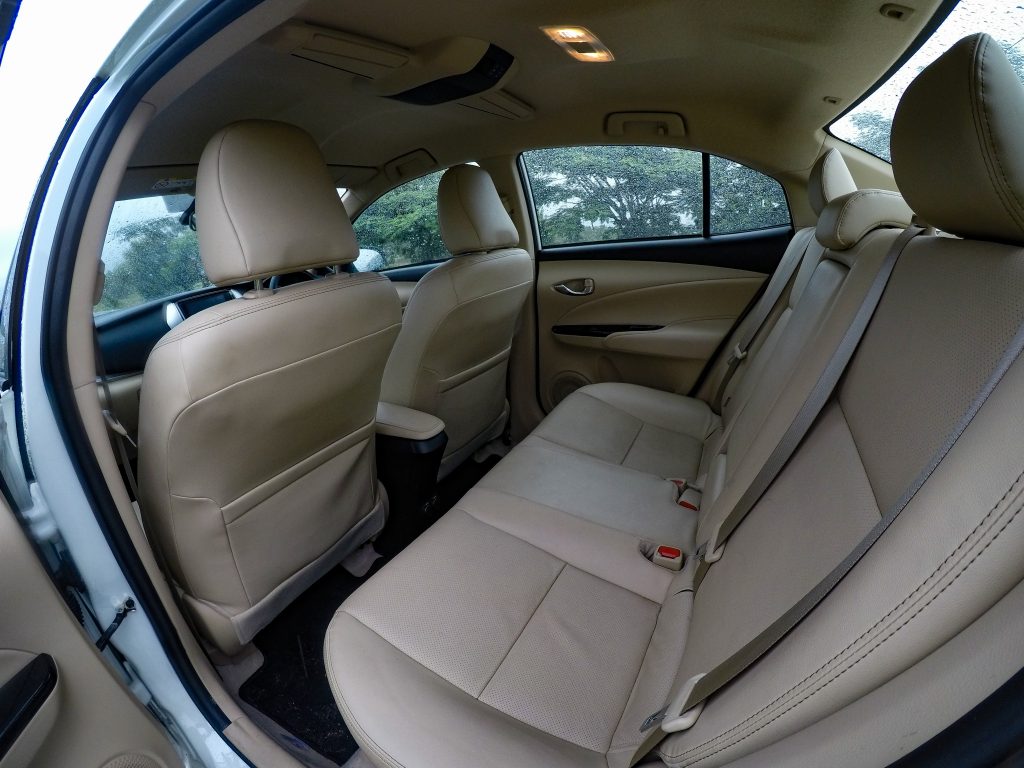
The leather seats are plush and there’s enough leg room at the rear as well. The rear seats aren’t wide enough to accommodate three people, but Toyota has installed an adjustable rear centre head restraint. The Yaris gets stat/stop button, climate control and audio controls on steering.
The Yaris offers 476 litres of boot space while the Honda City and Maruti Ciaz has 510 litres on offer.
So what special features does the Yaris have?
The infotainment system has gesture controls which is a segment first.
It also gets roof mounted rear AC vents that also has ambient lighting. This feature is available from the G variant and upwards. Toyota claims it helps cool the cabin faster than those that are fitted on the floor. The rear passengers get two 12-volt charging points. It would have been better if it was one charging point and one USB.
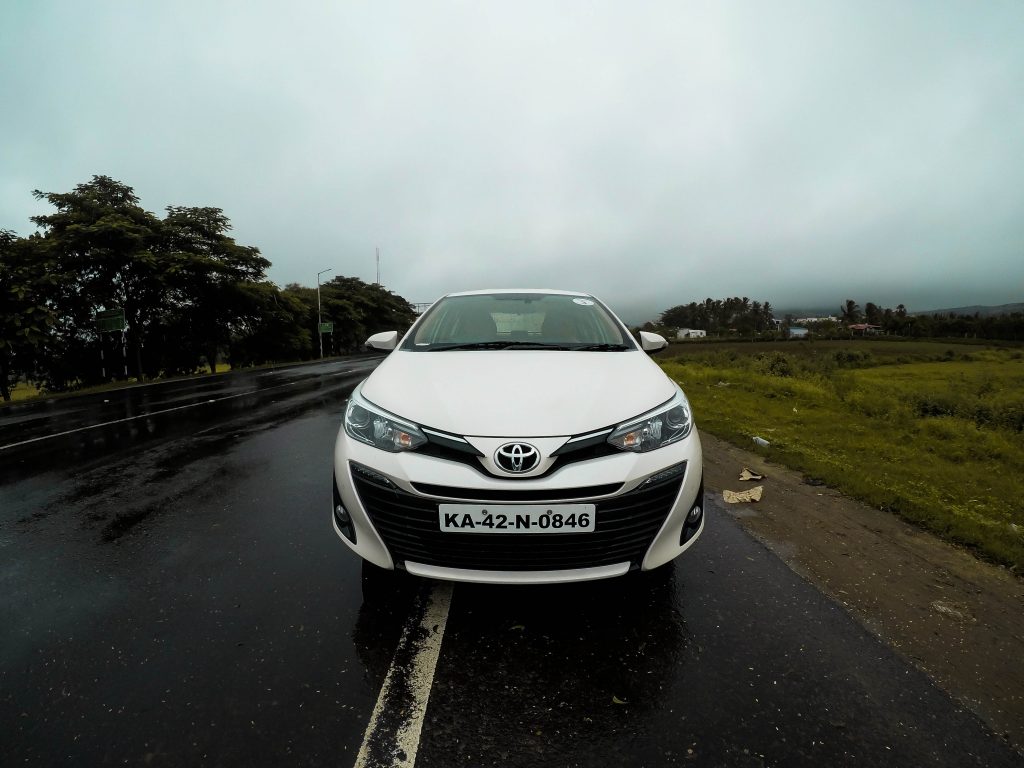
Dear Toyota, Hope you know that we Indians crave for Diesel!
Okay let’s talk about the powertrain. The Yaris comes only with a petrol engine. Under the hood is the 1.5-litre, 4-cyclinder petrol engine mated to a 6 speed manual transmission, or a 7-speed CVT. The manual variant offers 17.1kmpl and the CVT offers 17.8kmpl as per Toyota’s claim.
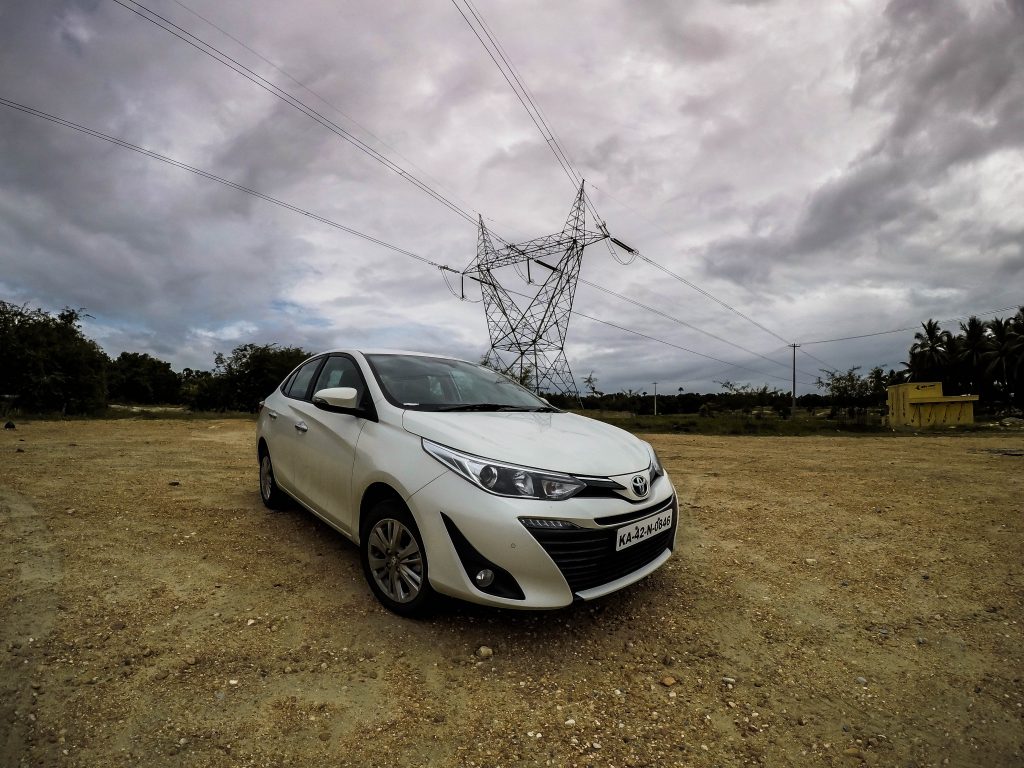
The best thing is, the automatic option is available right from the base variant which makes it more accessible. But the CVT is very boring to drive even though it is smooth. This is definitely not a fun to drive car, in the automatic variant and heck, we get paddle shifters too! Simply feels inappropriate for the Yaris. The petrol unit in the Yaris is less powerful than the ones in the Hyundai Verna (1.6 L and 125 PS) and Honda City (1.5 L and 120PS).
The instrument cluster displays a lot of information and looks neat and an ‘Eco’ symbol pops up when you are driving under advised RPM range which will ensure maximum efficiency. But the lack of a dead pedal on the automatic is a huge let down.
The 6-speed manual will be way better to drive and will prove to be a spirited drive with enough power on tap with a strong mid-range.
Ride Comfort & Safety features in the Yaris is unbeatable!
The Yaris impresses a lot in terms of safety. We get 7 airbags – 2 dual airbags at front, 2 curtain airbags, 2 front side airbags and a driver knee airbag. It gets ABS with EBD and brake assist as standard. The top-spec VX also gets Hill Start Assist Control as well as Vehicle Stability Control.
The Toyota Yaris is equipped with features like all-wheel disc brakes, tyre pressure monitoring system (TPMS); electrically adjustable driver’s seat; acoustic and vibration control glass.
If you have been reading this article from the top, you would have understood that this car, the all-new Toyota Yaris is a chauffeur driven car and it offers sheer comfort of a Toyota in all ways. The rear seats offer great comfort for long distance drives, and the only issue comes with a sloping roofline while it was completely manageable for me, being a 6 foot guy. There’s ample leg room and the seats offer superb comfort. If a refreshing driving experience is what matters more, I recommend you to opt for the manual variant in the Yaris.
Verdict
The fact is that people who walk-in to Toyota showrooms in India don’t bargain like they do in Maruti Suzuki dealerships. People believe Toyota for the quality they offer, and they have a proven track record for their low service cost. Hence their cars are slightly overpriced and that’s how people look at the Yaris also. Being a petrol unit, the Yaris will find it difficult to garner numbers since we Indians always crave for diesel cars. And being a petrol, the Yaris is still costly compared to its rivals.
On paper, we can see huge differences considering the price of the Yaris, but in reality, the comfort and convenience is on another level, which only you can experience. Along with the reliability of the brand, choosing the Yaris over its rivals is not a bad choice.
| Variant | Manual | Automatic |
| J | 8,75,000 | 9,95,000 |
| G | 10,56,000 | 11,76,000 |
| V | 11,70,000 | 12,90,000 |
| VX | 12,85,000 | 14,07,000 |
| All Prices are Ex-Showroom in Rupees | ||


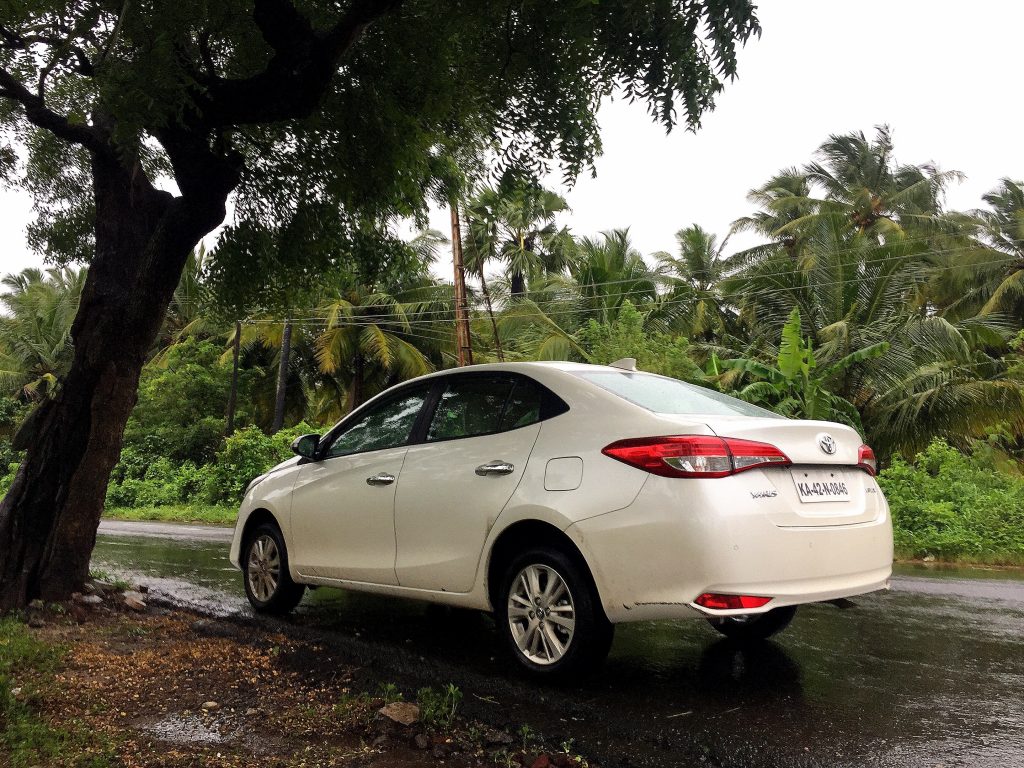
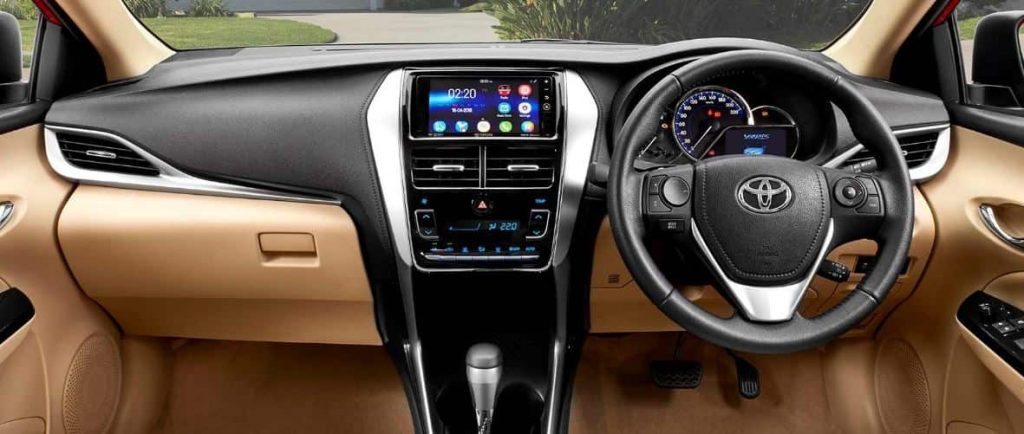
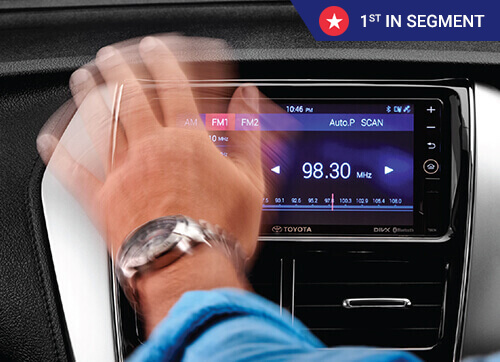
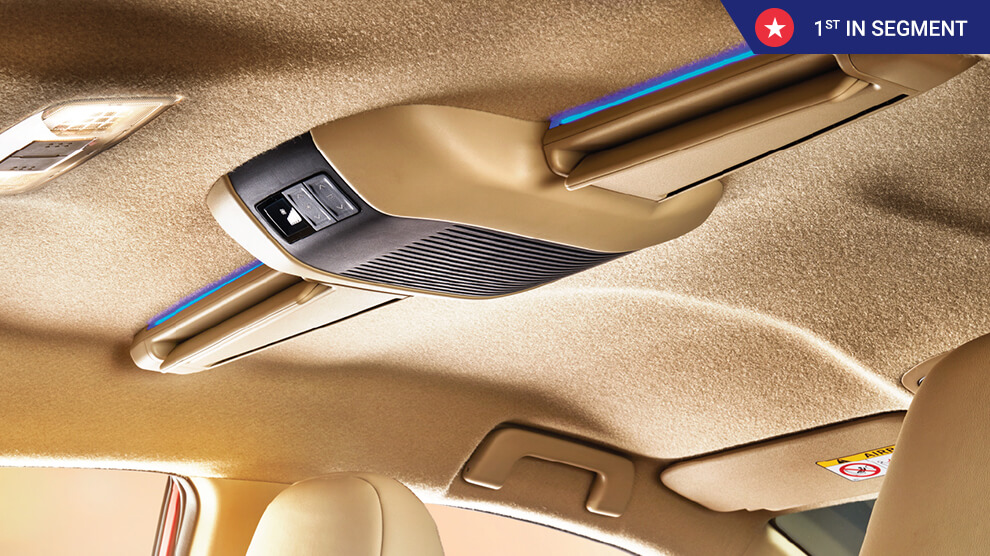
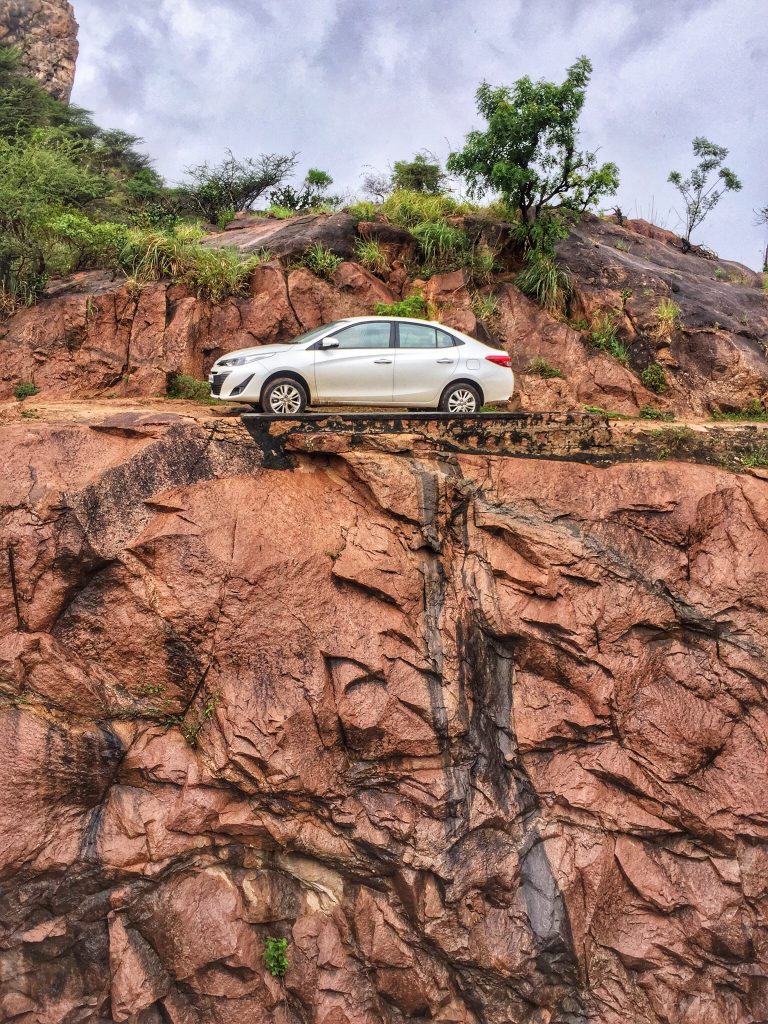

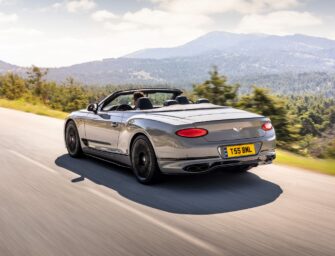

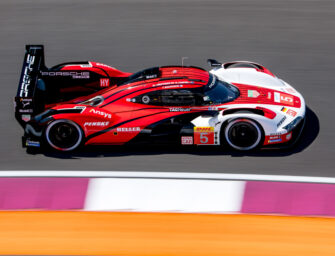
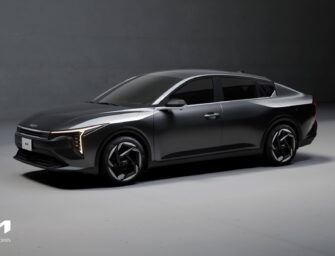
Recent Comments
Real nice style and fantastic subject material , absolutely nothing else we need : D.
I really like your writing style, wonderful info , regards for posting : D.
I’m impressed, I need to say. Really hardly ever do I encounter a weblog that’s each educative and entertaining, and let me tell you, you […]
Perfect just what I was looking for! .
But a smiling visitor here to share the love (:, btw outstanding design .